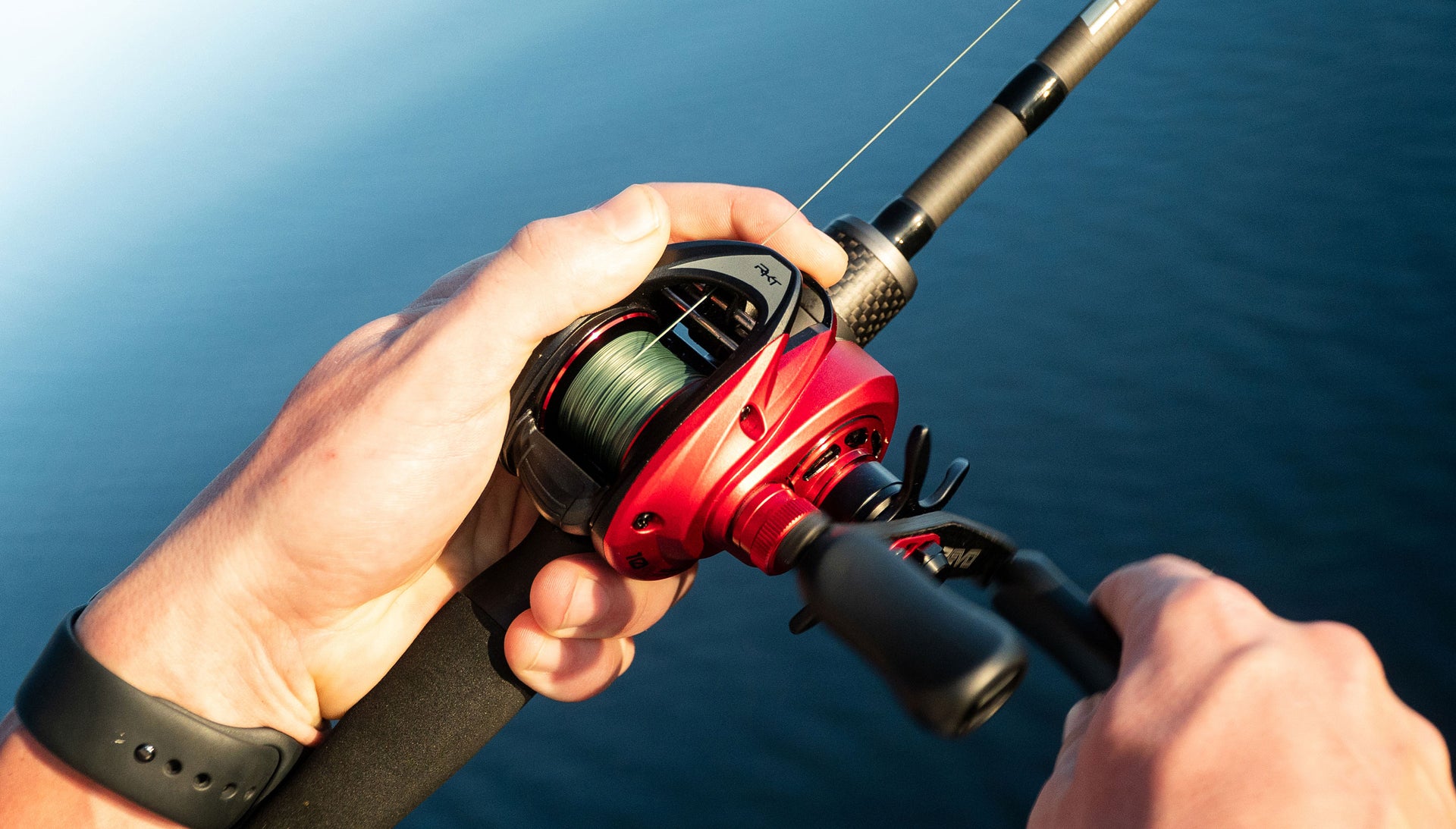
The key factors influencing reel speed are high gear ratios and larger spools, so fishing with a full spool is essential.
Read More
Your cart is currently empty.
Stock up on what you need for your next adventure.
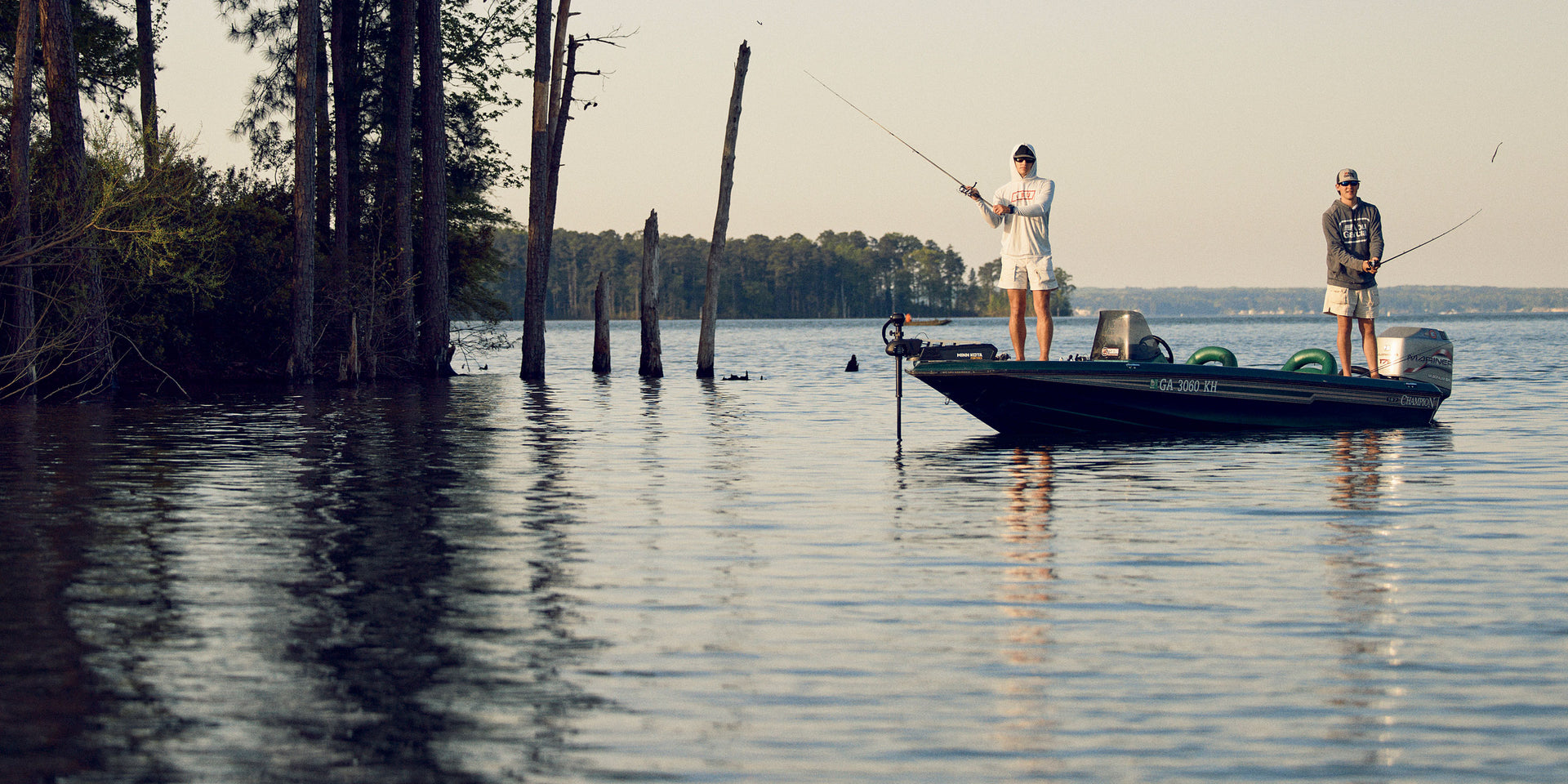
5 Stories

The key factors influencing reel speed are high gear ratios and larger spools, so fishing with a full spool is essential.
Read More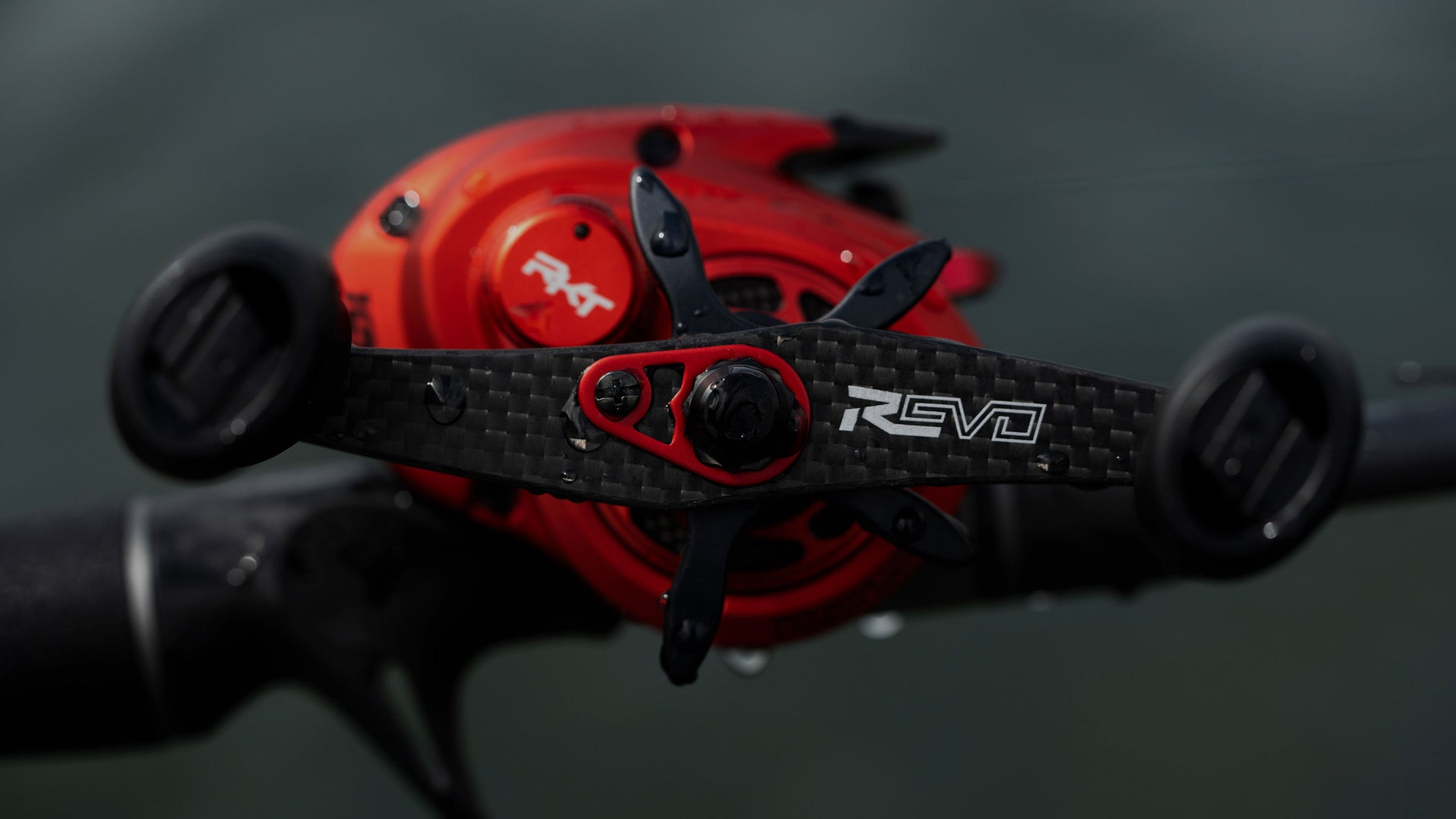
The evolution of fishing reels reveals a clear trend: they're getting faster, with gear ratios steadily increasing.
Read More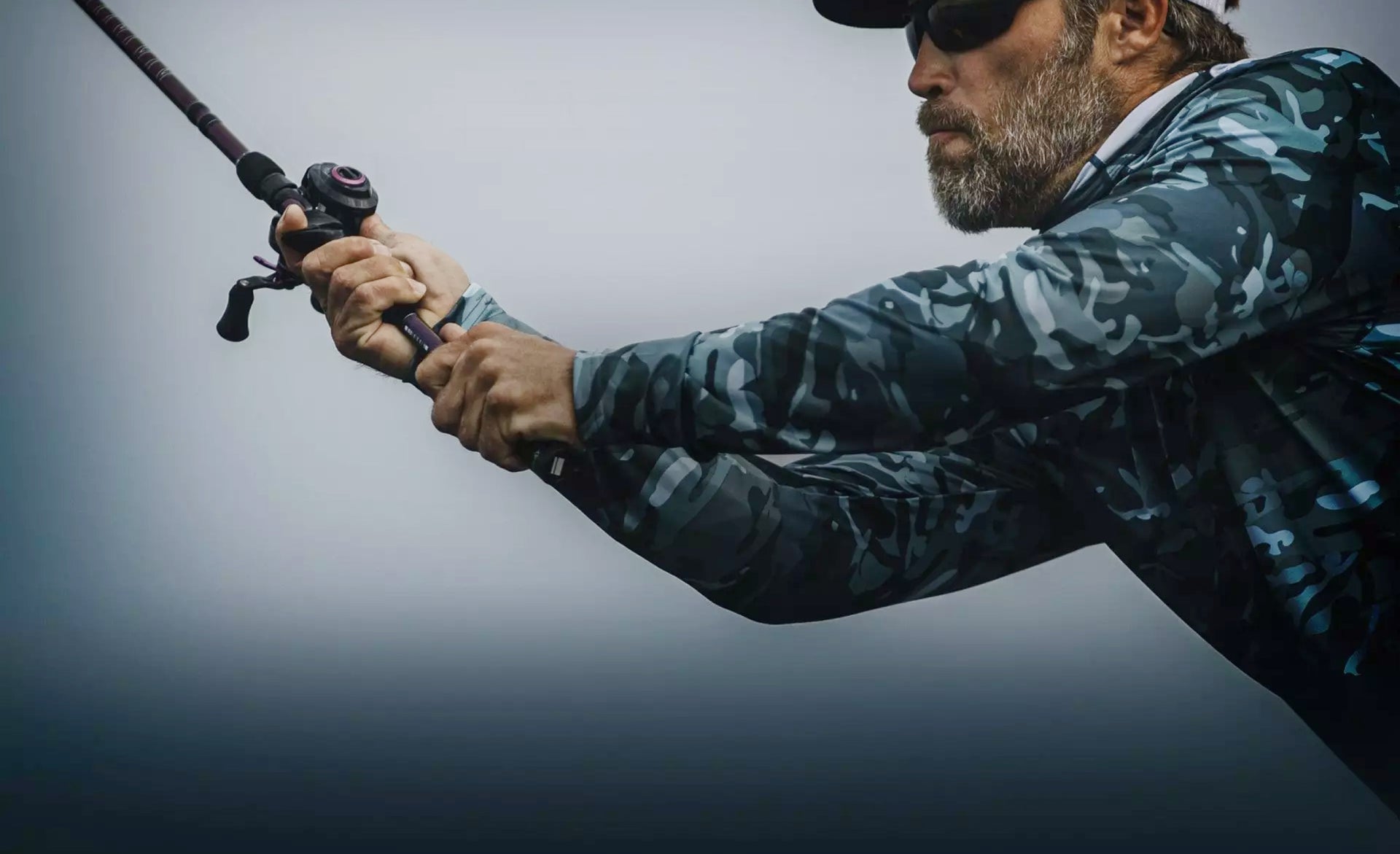
Equipment for anglers pursuing the sport with and unrelenting passion.
Read More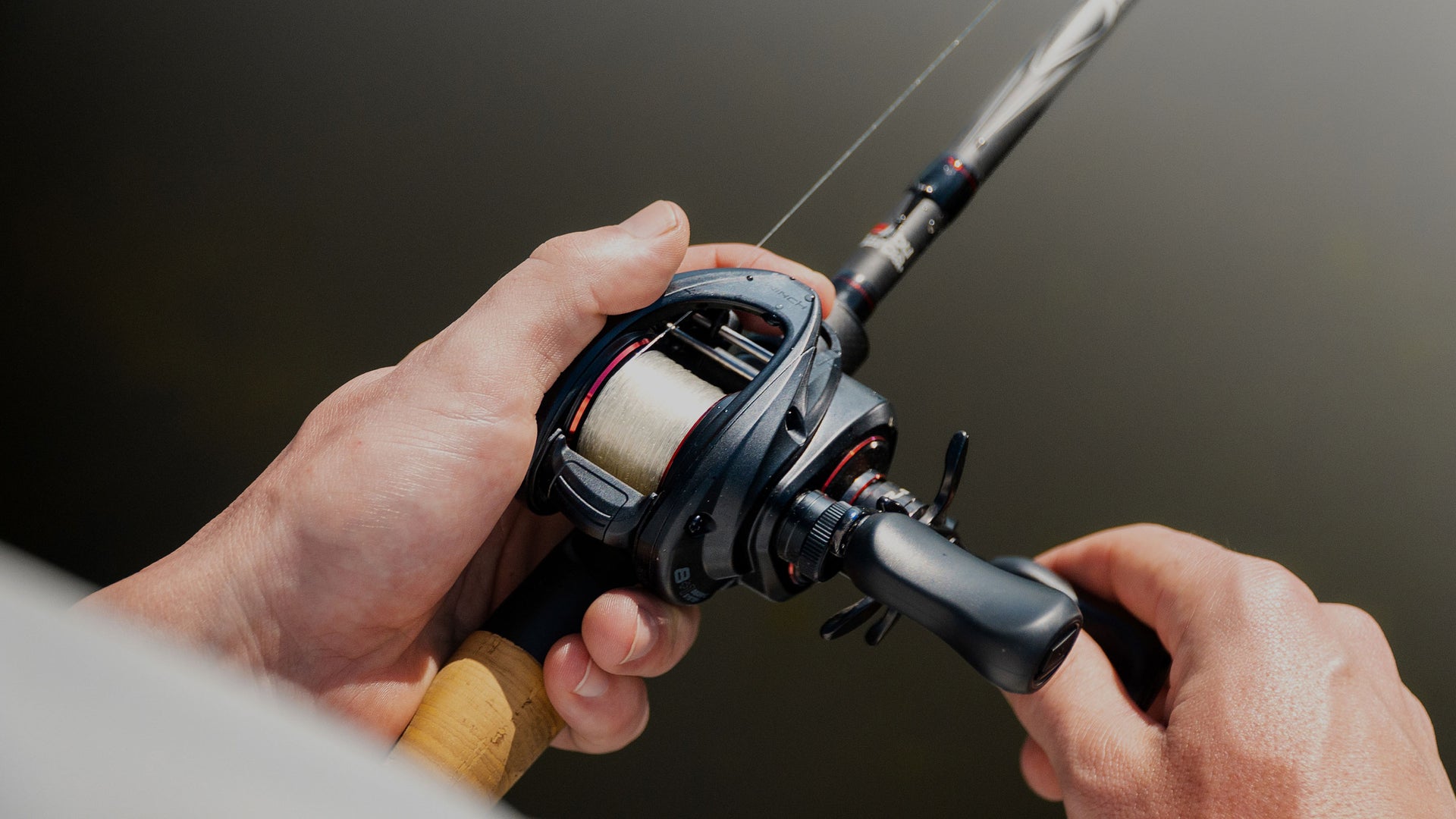
Elevate your game and keep you consistently catching fish with these experts tips.
Read MoreShowing 14 of 5